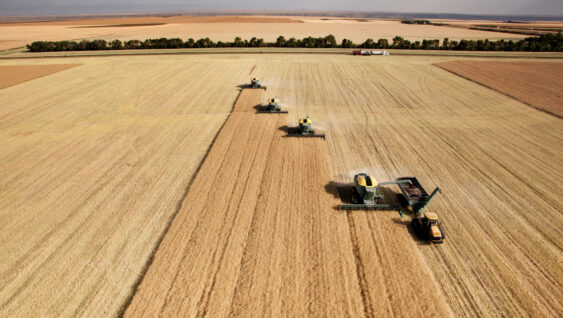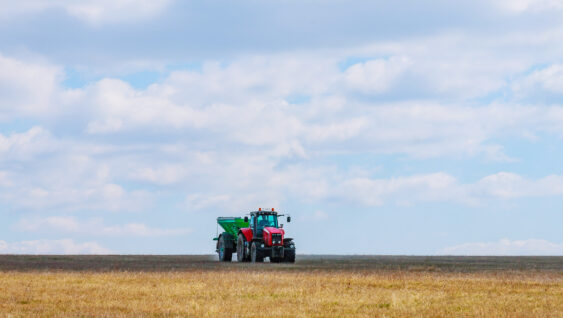It seems like every spring there are conversations across the Corn Belt on whether to switch planned corn acres over to soybeans. It can be caused by delayed corn planting due to wet ground, changing nitrogen cost structure, or commodity price changes. What factors should a grower consider when deciding to make the switch?
Loss of Rotational Effect
There is a yield benefit in rotating corn and soybean (good article here). This is not a ground-shaking pronouncement for most readers of this article. The question is – how much of a yield hit would a second soybean crop take?
The rotational benefit of soybean following corn is quite variable (and a function of many things like tillage, rainfall pattern, pest pressure, etc.), but the number typically reported is somewhere around 10 percent on average (with higher penalties reported in more stressed environments and lower penalties in less stressed environments). With this information in mind, one should consider the expected yield hit and current commodity prices when deciding.
Herbicide Considerations
There must be some consideration of herbicides applied in the spring or the previous fall. If a corn-specific herbicide was applied previously, then really no decision is to be made – corn must be planted. Beyond that, what other considerations should be made? Are there weeds that are escaping traditional herbicide chemistries? How should one manage herbicide applications to minimize the risk of developing herbicide-tolerant weed species? Planting consecutive soybean crops with the same genetic profile and following the same herbicide program may not be the best option. There are a few different options available in today’s market, so if soybeans are to be planted consecutively, at least consider altering herbicide chemistry.
Pest Pressure
In the more humid regions of the Corn Belt, pest pressure is a major hurdle to consecutive soybean crops. If the field in question has a history of soybean cyst nematode (SCN) pressure, then planting a second soybean crop is likely not a good idea. This goes for sudden death syndrome and white mold as well. There are seed options to help alleviate some of this pressure, so select soybean genetics accordingly if proceeding with soybeans.
Fertilizer Purchases
For the Western Corn Belt, if anhydrous ammonia was applied in the fall, there is a certain level of commitment to corn. While the added fertilizer nitrogen is not necessarily bad for soybeans, it would be a waste of resources and likely negate any economic advantage of growing soybeans. So, consider any investments made in nitrogen before opting for a direction. The good news is that phosphorus and potassium considerations are generally similar for both corn and soybeans (it is a function of soil test though).
While this list provides some agronomic considerations, the economic considerations must also be made. These agronomic decisions do influence the economic analysis, so factor these in when doing the math about deciding between corn and soybean.
This is not an exhaustive list of considerations to be made when making a cropping decision, but these are the highlights. Follow the links in the additional informational sources to find more information.
Additional Informational Sources:
When Could Grain Farmers Switch Fields from Corn to Soybean? – Wisconsin Corn Agronomy
Agronomic Reasons Not to Switch From Corn to Soybean (Purdue Univ.)
Corn vs. Soybeans in a Delayed Planting Scenario – Profit Scenarios | Agronomic Crops Network (osu.edu)




